Artificial Intelligence in Mediation: What the Future Holds for Mediators

Artificial intelligence (AI) for helping mediate disputes has begun to gain traction. Although it might not yet be commonplace, it is on its way to playing a pivotal role in conflict resolution, providing mediators with tools and functionalities that streamline the mediation process, offer data-driven insights, and help manage communications and negotiations. The use of […]
Rethinking Basic Mediation Training: Essential Skills
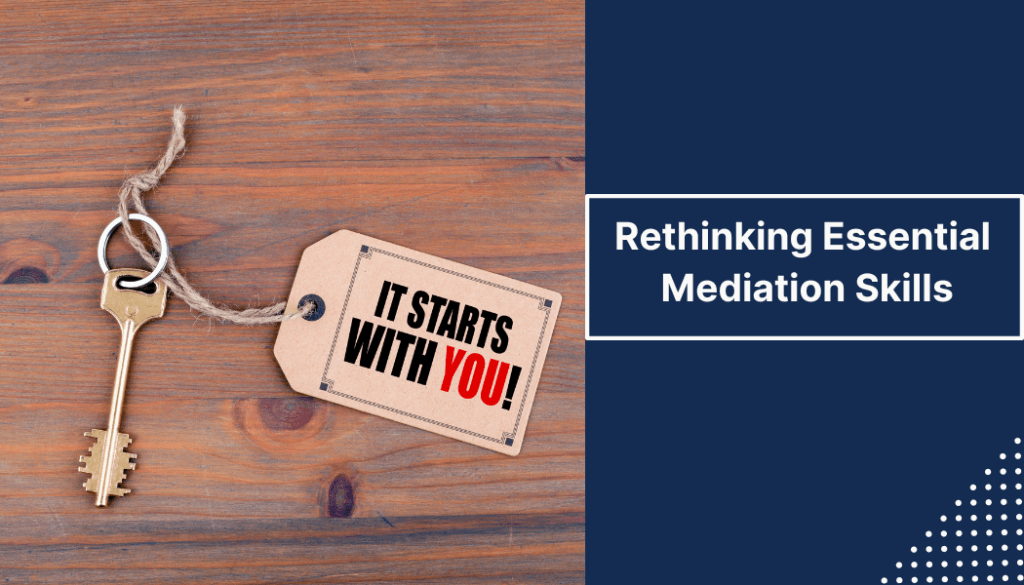
The key to developing true mediation competency begins with “me” In addition to basic mediation training, what do mediators need to improve their mediation competency? While mediation skills training remains vital to the practice of mediation, the key to developing mediation competency begins with self-reflection, self-awareness, and self-management. Before determining how we can effectively assist […]
What is the Difference Between Mediation and Arbitration?
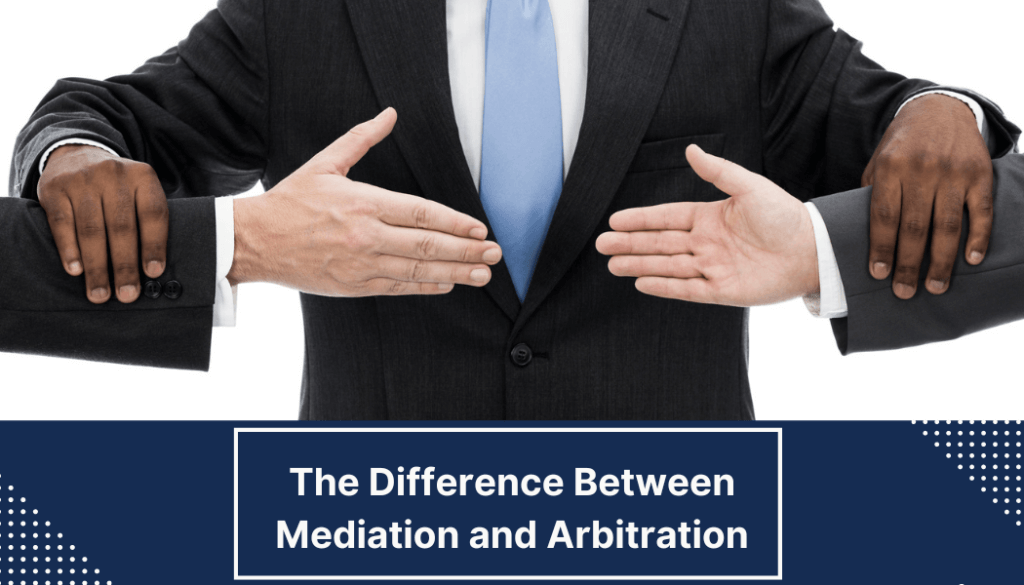
Arbitration and mediation share a common lineage as alternatives to the traditional legal system of court and jury trials. Known as different forms of alternative dispute resolution (ADR), they are both intended to offer less expensive, more efficient outside-of-courtroom approaches to resolving disputes than afforded by more formal litigation. Yet there, the similarities end. The […]
A Roadmap to Build a Successful Mediation Career
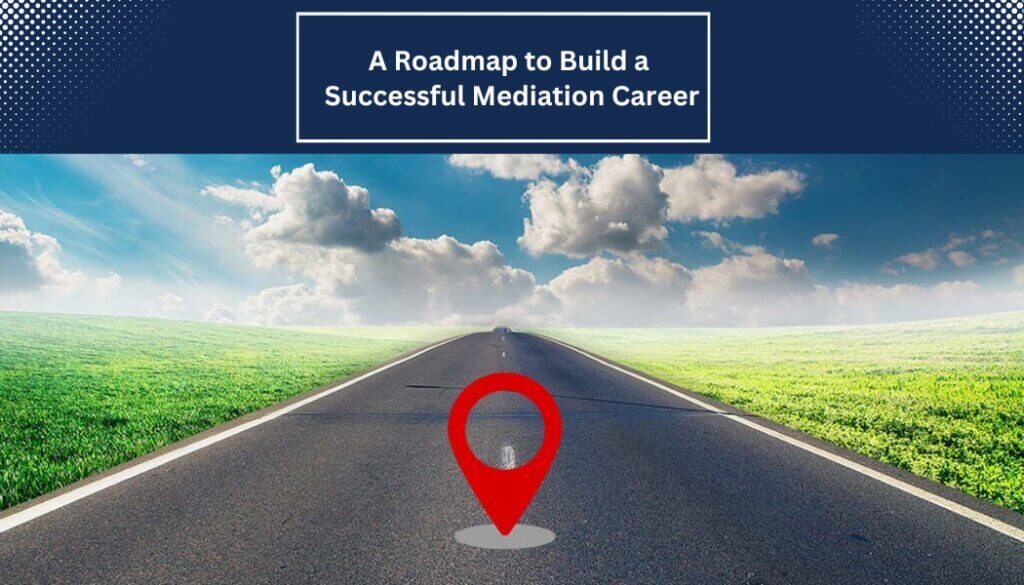
Many students in our mediation training programs ask about the steps they should take to translate their professional training into a successful mediation career. While an education and a high-quality mediation training program are essential for laying the foundation of a career, they are not the ultimate indicators of a successful career in mediation. What […]
A Case for Forgiveness in Mediation
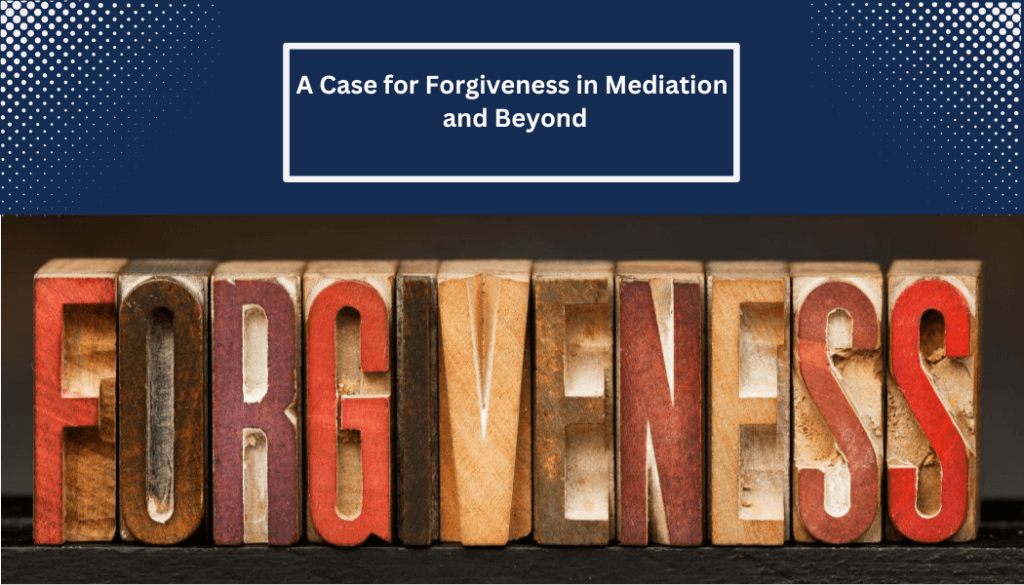
What is the Role of Forgiveness in Mediation? Forgiveness can be a powerful and transformative element in mediation and conflict resolution. While forgiveness is not always the main goal in mediation, it can create a conducive environment for amicably resolving conflicts. The case for forgiveness in mediation stems not just from its potential to facilitate […]
The Value Proposition of Mediation – Understanding the Cost of Conflict
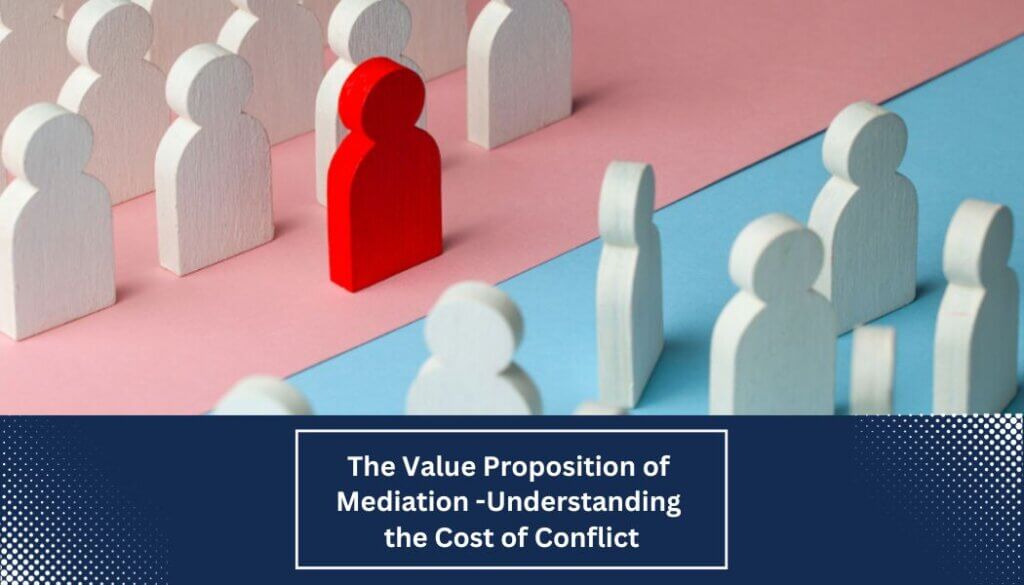
What is The Cost of Conflict? Conflict is a naturally occurring part of the human condition. When managed properly, conflict can lead to personal growth and development by forcing us to navigate different perspectives, think more creatively, and broaden our collective vision. Yet, there is a cost of conflict; therefore, many individuals ignore it in […]
How to Become a Mediator in California
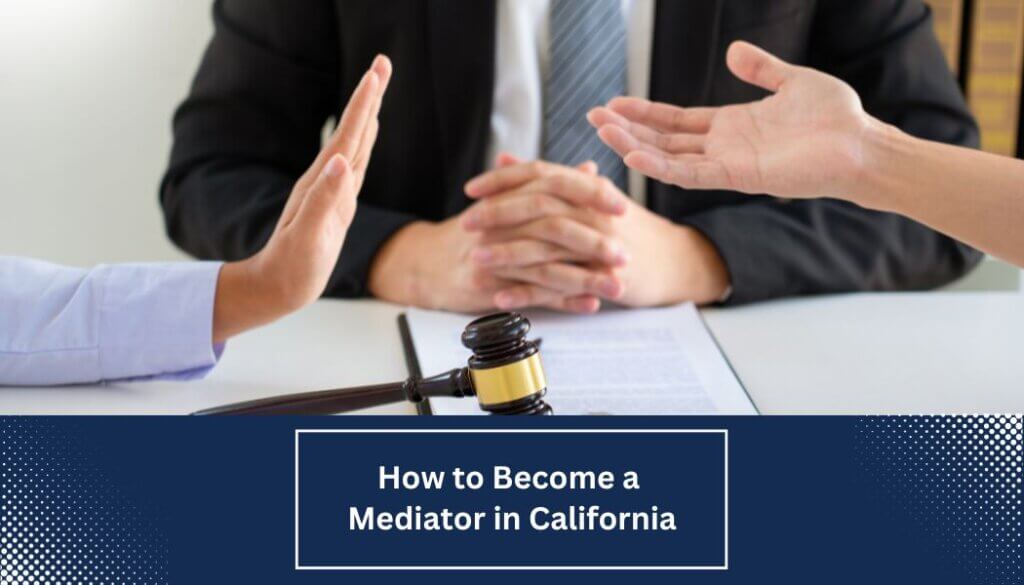
Opportunities for mediators in California continue to expand. In a state of its size with a large and diverse population and a robust economy exposed to market-driven and social pressures, the number of disputes is bound to rise. And rising caseloads are straining judicial resources, causing backlogs of cases and delays for disputants in getting […]
What to Look for in Online Mediation Training
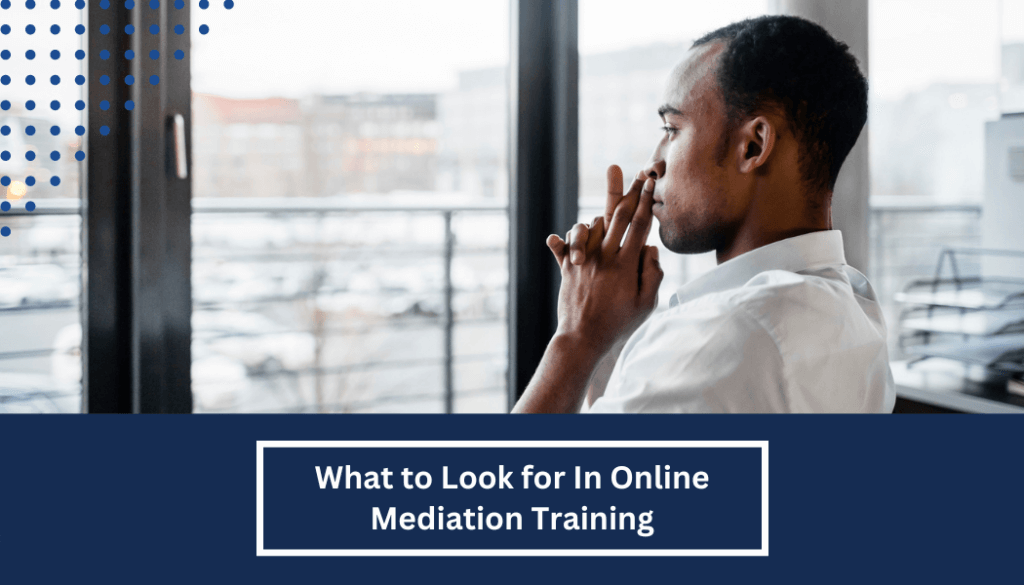
Since the Covid-19 shutdown and the increase in remote working, there has been an increase in online mediation training courses. While this reinforces the positive trend toward mediation, it also heralds the need for greater scrutiny and discernment between course offerings. Before you jump at the first course you see, look closely at the following […]
Average Settlement Offers in Mediation

I was asked by a journalist recently about the average settlement offers in mediation. And while his search for understanding is laudable, the question itself is misguided. What’s wrong with asking about average settlement offers in mediation? Mediation, a form of alternative dispute resolution, is best defined as a facilitated negotiation. At its core, it […]
The Disappearing Jury Trial and Other Insights for Mediators
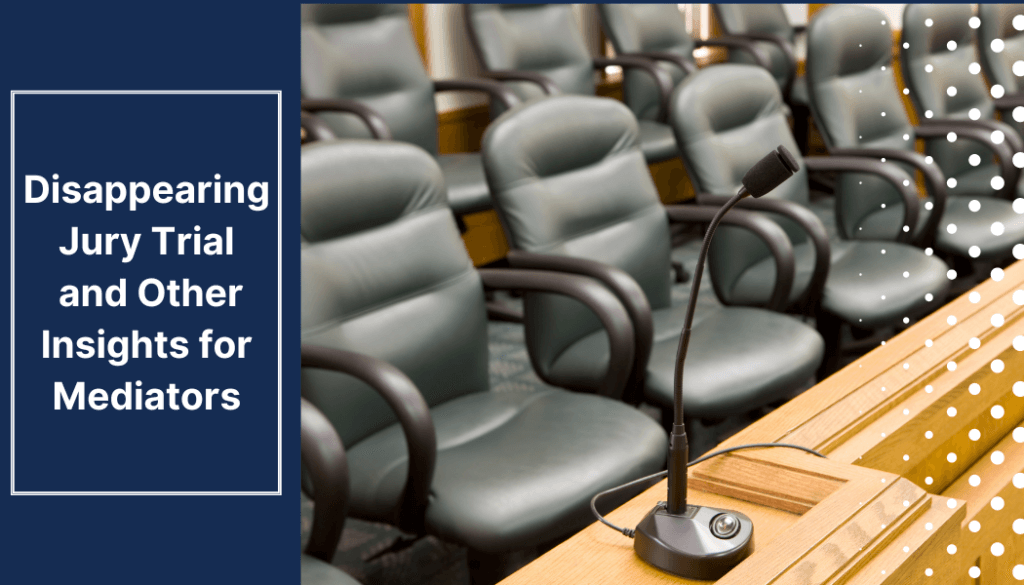
Thirty years ago this past week, I walked away from my partnership in a San Francisco litigation firm to develop a market for a decidedly different approach to dispute resolution, a process called mediation. As I’ve recounted hundreds of times in the decades since, the genesis of my career shift was fueled by dissatisfaction with […]